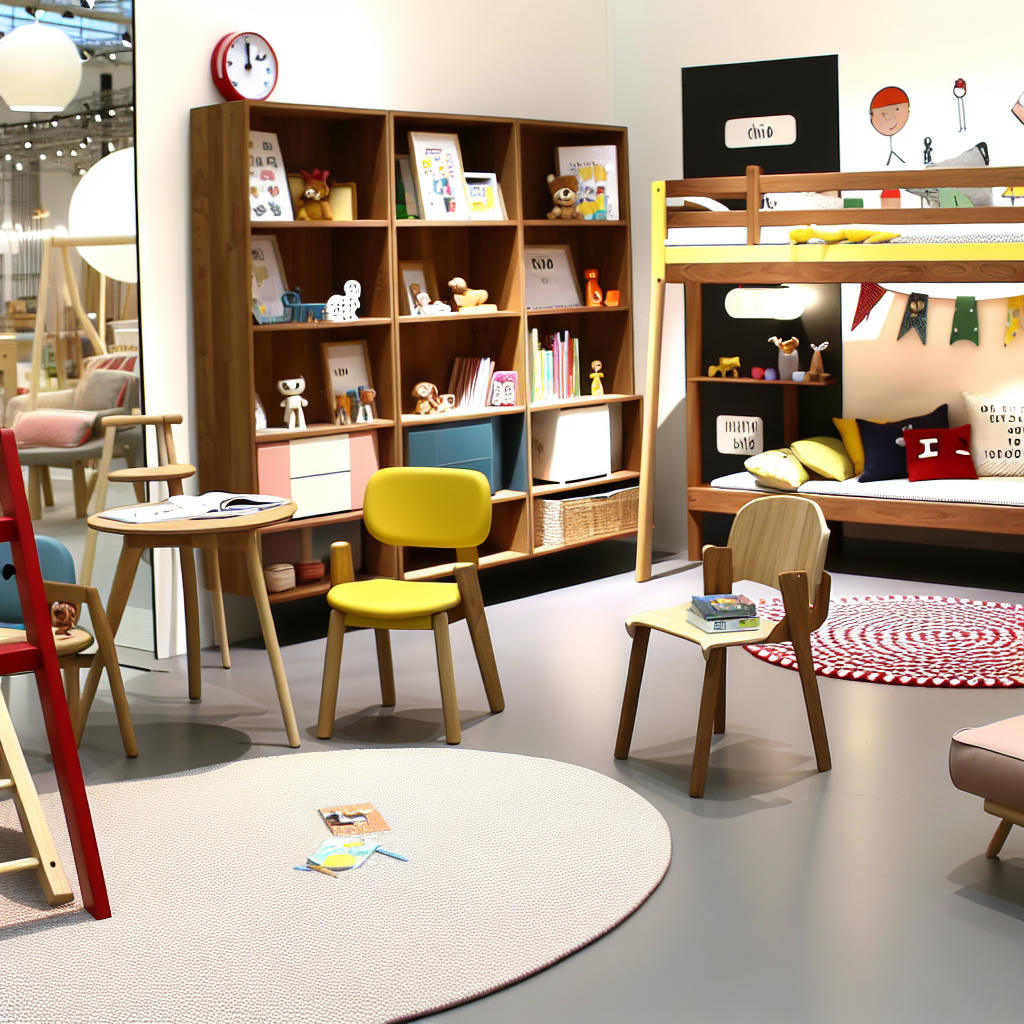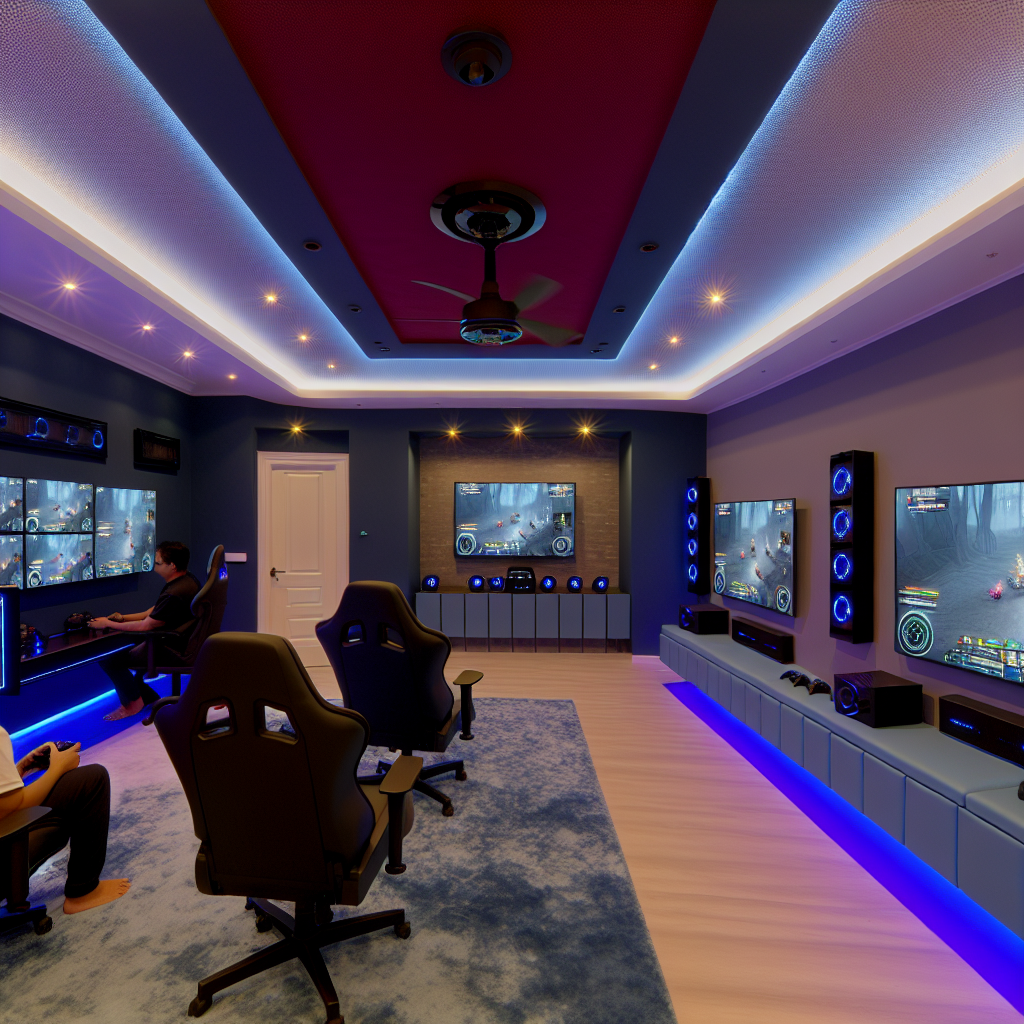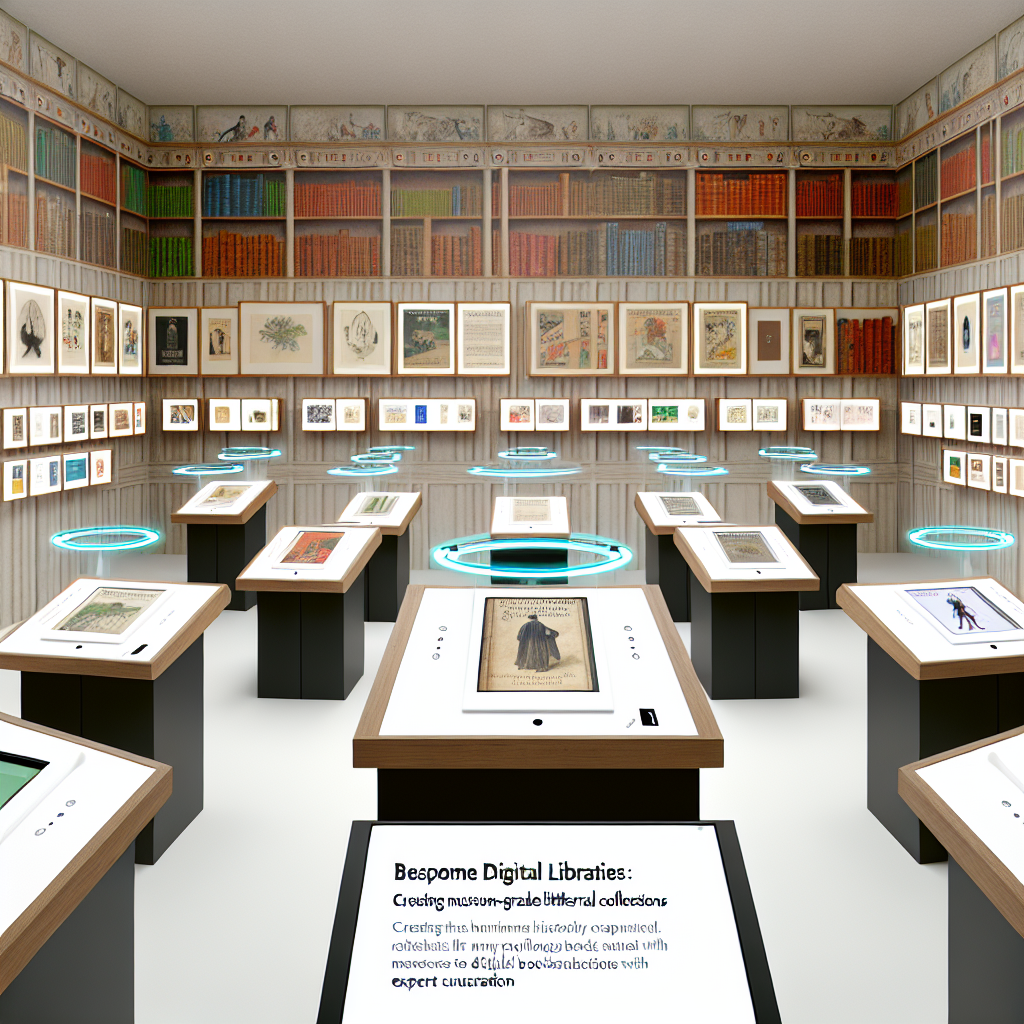Designer Children’s Furniture Investments
A Guide for Parents of Means
Introduction
In the realm of luxury parenting, designer children’s furniture is no longer a mere indulgence—it’s an artful blend of aesthetic, function, and long-term value. Today’s high-net-worth families increasingly view luxury children’s items as both style statements and smart investments. As affluent families have traditionally valued legacy and quality, designer children’s furniture aligns seamlessly with those principles—marrying craftsmanship with timeless design.
Once limited to bespoke nurseries or elite European brands, luxury children’s furniture now encompasses a wide array of contemporary, sustainable, and even heirloom-quality furniture from renowned designers. From cribs handcrafted in Italy using renewable hardwoods to miniature replicas of iconic mid-century chairs, these items are made not just to function seamlessly in a child’s everyday life but also to complement luxurious home aesthetics and even accrue resale value over time.
More than just chic additions to a playroom, these pieces are thoughtfully engineered with both the child’s development and the home environment in mind. Ergonomically designed seating, Montessori-inspired layouts, and eco-credentialed materials are just a few of the innovations high-end designers are adopting. Moreover, when implementing luxury children’s design, parents are choosing durable, safe, and artisan-crafted objects that outlast quick fashion or mass-market options.
Beyond the stylistic appeal lies yet another angle: sustainability and ethical production. Designer brands are consciously creating collections that grow with the child, minimizing waste and environmental impact. Adjustable beds that accompany your child from infancy through adolescence, desks crafted from ethically sourced materials, or eco-certified organic mattresses are investments that align with both environmental awareness and luxury standards.
In essence, investing in designer children’s furniture is a choice that embodies intentional living. It’s about curating an environment where every detail reflects a family’s values—where beauty, utility, and well-being coexist. It is both a reflection of parental discernment and a strategic move that appreciates alongside the child’s growth. As this niche continues growing in exclusivity and innovation, informed purchases in this realm prove to be both emotionally satisfying and financially intelligent.
Features and Supporting Studies
Numerous studies underline the importance of environmental quality, ergonomics, and sensory stimulation in child development—all of which are key tenets of designer children’s furniture creation. According to a study published in the journal Early Child Development and Care, “the arrangement and aesthetic of a child’s physical environment significantly influence cognitive and emotional growth” ([Taylor & Kuo, 2009](https://www.tandfonline.com/doi/abs/10.1080/03004430802581539)). Designer furniture brands have embraced this by producing furnishings that foster imagination, independence, and spatial awareness.
For instance, the Montessori method, based on the principle of “prepared environments,” has been a driving philosophy behind the design choices of forward-thinking luxury children’s furniture brands like Nofred and Oliver Furniture. This educational approach emphasizes child-scaled furniture that promotes autonomy. In fact, Lillard (2006) showed measurable outcomes in cognitive and emotional development when using Montessori-inspired environments.
Beyond psychological effects, physical health is greatly affected by furniture design. Items crafted with ergonomic precision can support healthy posture and skeletal development. The International Journal of Environmental Research and Public Health reported that improperly sized seating can cause musculoskeletal issues in children and recommends age-appropriate, ergonomically suitable furniture ([Minges et al., 2016](https://www.mdpi.com/1660-4601/13/7/706)). Recognizing this, luxury furniture brands rigorously test their pieces to ensure proper support that evolves with your child’s growing needs.
Environmental toxicity is another critical area where high-end furniture offers clear benefits. According to the American Academy of Pediatrics, materials such as particleboard and certain commercial finishes can emit volatile organic compounds (VOCs) that negatively affect indoor air quality ([AAP, 2011](https://pediatrics.aappublications.org/content/128/5/993)). Leading designer brands mitigate this by adhering to strict standards such as GREENGUARD Gold, OEKO-TEX®, and FSC-certified wood, reassuring parents that their child’s environment is clean, safe, and free from harmful chemicals.
Investment potential is yet another compelling argument. Certain iconic children’s pieces—like Kartell’s Lou Lou Ghost Chair or Vitra’s child-sized Eames designs—have retained, and in some cases appreciated in, resale value. These pieces command top prices in the secondary market depending on factors like condition and rarity, offering savvy parents both aesthetic and monetary returns.
In summary, rigorous science and expert craftsmanship both support what luxury designers and discerning parents have long understood: the right furniture shapes well-being, encourages holistic development, and represents a unique opportunity to merge childhood enrichment with long-term investment value.
Conclusion
Designer children’s furniture is about far more than aesthetics—it’s a thoughtful approach that integrates child development, responsible consumption, ergonomic health, and investment value. For families of means, it’s an opportunity to express intentional luxury while enriching a child’s formative years with quality, sustainability, and inspiration. These are pieces that hold rich stories, endure through years, and, in some cases, carve out a legacy that families can pass down or reinvest in. In crafting beautiful beginnings for their children, parents are also shaping lasting value—one heirloom at a time.
References
- Taylor, A. F., & Kuo, F. E. (2009). Children and Their Environments. Early Child Development and Care.
- Lillard, A. (2006). Montessori: The Science behind the Genius. Journal of School Psychology.
- Minges, K. E. et al. (2016). Reducing Sitting Time in Early Childhood. International Journal of Environmental Research and Public Health.
- American Academy of Pediatrics (2011). Chemical Exposures in the Environment.
- GREENGUARD Certification. UL Environmental Institute.
- OEKO-TEX® Standards.
- Forest Stewardship Council (FSC) Certification for Sustainable Wood Products.

Dominic E. is a passionate filmmaker navigating the exciting intersection of art and science. By day, he delves into the complexities of the human body as a full-time medical writer, meticulously translating intricate medical concepts into accessible and engaging narratives. By night, he explores the boundless realm of cinematic storytelling, crafting narratives that evoke emotion and challenge perspectives. Film Student and Full-time Medical Writer for ContentVendor.com




